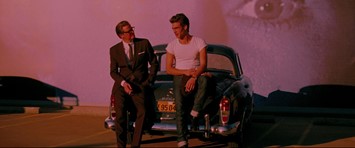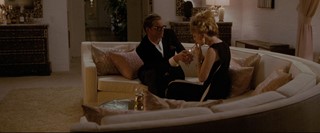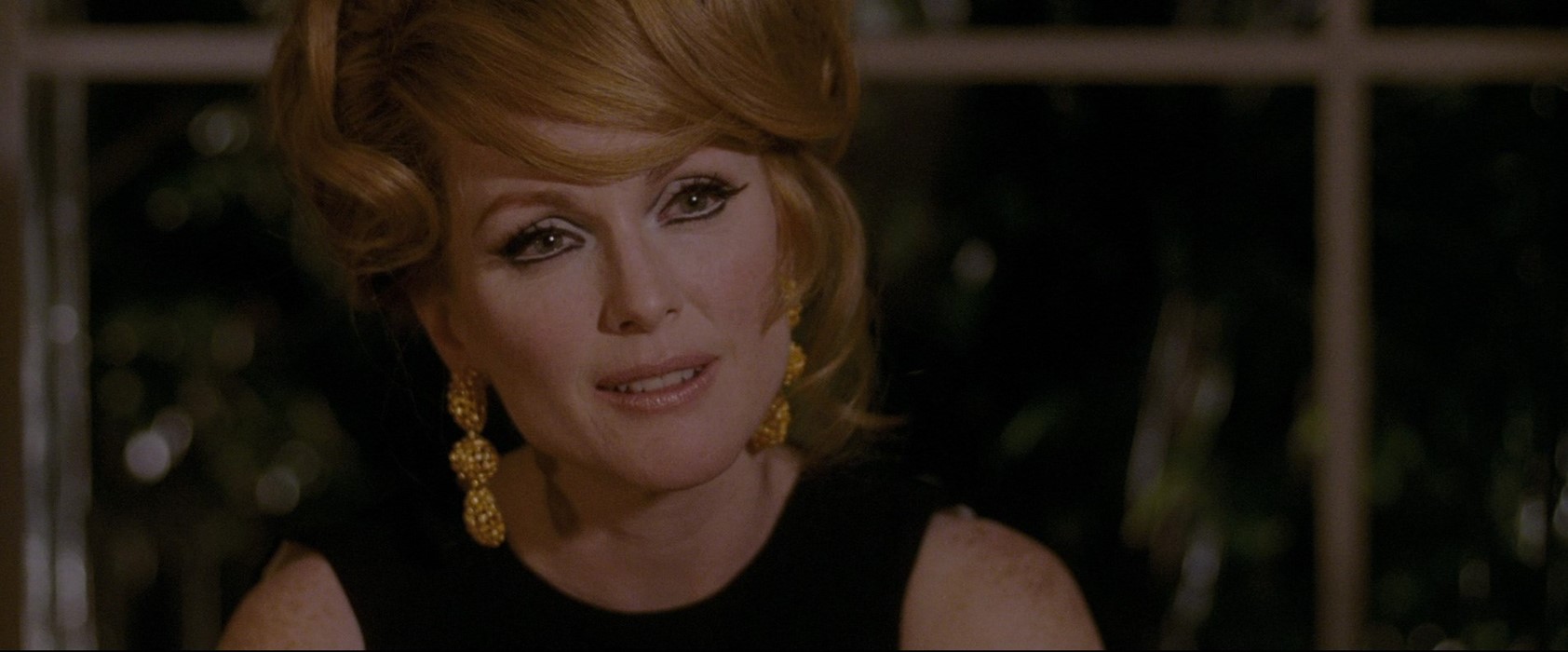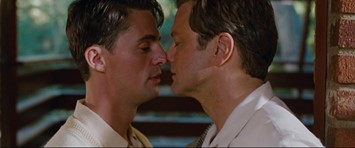Tom Ford remembers his directorial debut alongside costume designer Arianne Phillips, shedding new light on the arthouse film
Released ten years ago today, A Single Man took the fashion and film worlds by storm: with 100 minutes of pure visual gratification, the story – adapted by Tom Ford from the Christopher Isherwood novel of the same name – unfolds in Los Angeles during the 1960s. In each scene, the vintage wardrobe by costume designer Arianne Phillips remains an unforgettable feature of Ford’s directorial debut.
The Ford-Phillips collaboration was like a cinematic match made in heaven – they spoke the same language of style, silhouette and colour, adding another dimension to the cast: George Falconer (Colin Firth), a middle-aged university professor, who continues to grieve over the loss of his long-term lover, Jim (Matthew Goode).
But what happened a decade ago when these two fashion icons joined forces on the silver screen? Speaking to AnOther, Ford reveals his goal for the film and why he “adores” Phillips, while Phillips herself – whose diverse credits include Quentin Tarantino’s Once Upon a Time in Hollywood and creative projects with Madonna – opens up about the experience of working with Ford and what the film represents in the context of her illustrious career.

Tom Ford on A Single Man
“I think that the goal of every writer/director is that their film will stand the test of time. Only an audience can answer this question as I am of course biased. If one is stylistically true to the period in a ‘period’ film then perhaps the film is less likely to age than films that from an art direction standpoint allow the contemporary world to seep in in subtle ways. This will instantly date a film when viewed years later.”
Arianne Phillips on what the film represents to her
“A Single Man is absolutely seminal in terms of a marker on the timeline of my work. A body of work of any particular person in the film business is reflective of the choices we make. A Single Man ticks every box of storytelling that I had hoped I would be part of when I went into the film industry. The chemistry from the casting to the crew – it was a special standalone experience when I think of the scope of all the different films and projects that I’ve worked on. This film has so much heart to it. And when Tom called me and said that he was going to direct a film, I was taken aback. I got to know Tom in a deeper way. And to be invited along on his journey of making this film was incredibly special from the get-go.”

Tom Ford on Arianne Phillips
“I adore Arianne. I think that she is one of the greatest costume designers working. We had known each other socially before A Single Man and I think share a great deal of the same taste and references. We are of the same vintage. Like most writer/directors I had very particular ideas about the look of the characters and how they were dressed and Arianne was respectful of that but also brought a precision and polish to the production that I certainly could never have done alone. Running a costume department for a film is entirely different than designing clothes for a catwalk and I think that Arianne did a brilliant job. She is incredibly talented which was why I sought her out to work on my second film Nocturnal Animals as well.”
Arianne Phillips on Tom Ford
“I had known Tom socially. We had never worked together before. Imagine what it’s like to get a phone call to collaborate with Tom on his first movie. It’s such an incredible compliment and opportunity. Tom has been speaking in aesthetics and giving direction aesthetically his whole career. Tom has a wonderful ability to communicate aesthetics in a way that a lot of directors don’t have. Most have a hard time with costumes: having the vernacular, knowing how to talk about subtleties, colours or silhouettes. He’s prepared, detail-specific, collaborative, gracious and generous. I’m not exclusive to film: I’ve worked with Madonna designing her tours and on her album covers and photo shoots for many years, I’ve also worked in theatre. When I choose to work on a film, it’s because I’m connected to the story or filmmaker. I would have done anything with Tom because I trust what he’s choosing. The thing most people wouldn’t know about Tom is what a wicked sense of humour he has and he’s playful. He’s a Virgo so he’s super organised.”

Tom Ford on the film’s costumes
“I think that we were true to the period [the early 1960s]. Arianne is genius with period films and personally I have always been fond of the 1960s as well as that was my childhood. Classic men’s tailoring has remained much the same since that period and has for the past ten to 15 years enjoyed a resurgence. As for the women’s fashions I think that they are spot on. A great deal is owed to period undergarments which many period films forget to employ. They give the actors the posture, stance, movement of the time and make period clothing look ‘period.’”
Arianne Phillips on Colin Firth’s and Julianne Moore’s costumes
“With Colin Firth’s character, there’s an exacting quality to his world. He’s precise. You can tell by the environment he lives in: this beautiful home. There’s a scene where you see all his shirts neatly folded and the way his desk is: trying to control his life that felt out of control. He was in the closet. He wasn’t able express who he truly was. He was mourning the loss of his lover. So the way he dressed was like the way he lived: a veneer for his internal emotional life. The shape of the 60s suit was based on a sack suit: a boxier cut and a rounded shoulder. Brown was a theme and warm tones mirrored the production design and warm light of the cinematography. The shirts we got from Turnbull & Asser. He’s a British character. The idea that the way he dressed was presentational – it was emotional armour for him.
“With Julianne Moore’s character, we talked a lot about the scene where they’re dancing together when they get drunk. Tom and I had a lot of discussions of what that dress was. With limited costume changes, it’s important to be exacting so the costume could help inform who the character is. In this case, it’s a beautiful, pivotal scene. In the end, we made dresses in vivid colours and we settled on black and white with a Watteau back. That Watteau back is great because it emphasises the period. She had this faded elegance to her – her life was a bit of a mess. Yet that dress was perfect when she was dancing. It suited Julianne well.”
